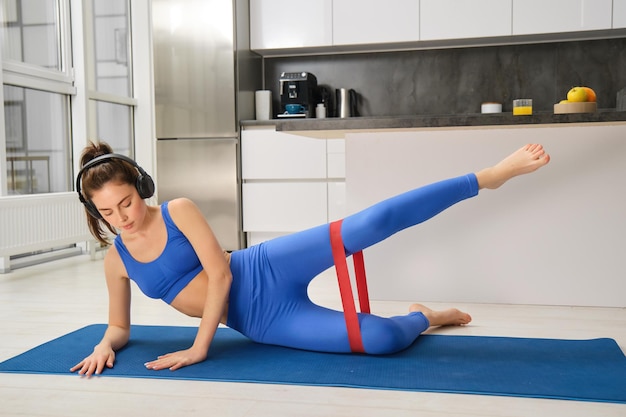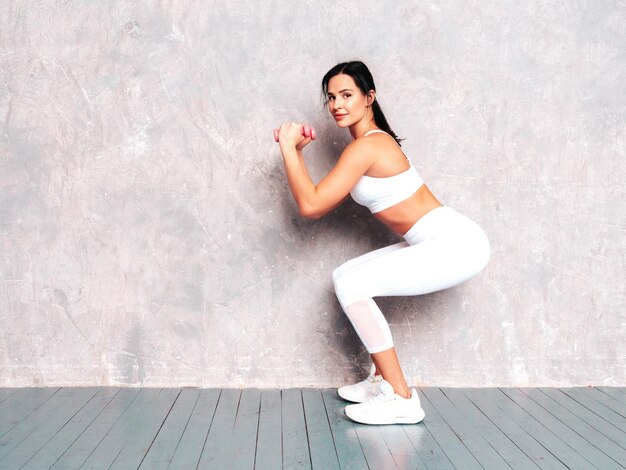Leg curls are a go-to exercise for fitness buffs, especially for targeting the hamstrings, which include the biceps femoris, semitendinosus, and semimembranosus. The main action in leg curls is bending the knee, but these muscles also help with other movements.
The Many Variations of Leg Curls
You can do leg curls in several ways鈥攗sing machines, free weights, or low cables with an ankle strap. Each approach offers unique advantages depending on your fitness goals and level.
Isotonic Machines
The most common way to do leg curls is with isotonic machines, available in standing, seated, or prone (lying face down) versions. Each type hits the hamstrings differently and may suit some people better than others.
– Standing leg curl machine: Usually works one leg at a time.
– Seated version: Provides the greatest pre-stretch to the long head of the biceps femoris.
– Prone version: Allows you to adjust the bench angle to manage hip flexion and stretch the biceps femoris differently.
Free Weights and Low Cables
You can also use dumbbells or a low cable machine with an ankle strap for leg curls. These variations bring a different challenge to the hamstrings and help mix up your workout routine.
Performing Leg Curls Correctly
To get the most out of leg curls and avoid injury, it鈥檚 essential to adjust the machine properly. Here鈥檚 how to do them right:
1. Adjust the machine鈥檚 support surface so the biceps femoris get a good pre-stretch without shifting your pelvis.
2. Make sure the weight arm allows a full range of motion (ROM) without forcing your knee to hyperextend.
3. Position the ankle block at the height of your Achilles tendon.
4. Choose a suitable weight, take a secure position, and grab the stops with your hands.
5. Take a deep breath, then gradually exhale as you bend your knee. Avoid straining your glute and spinal muscles.
6. Stop the movement just beyond 90 degrees to maintain muscle tension.
7. Lower the weight slowly while exhaling, and avoid bouncing the weight on your knee.
Benefits of Leg Curls
While not typically used for high-intensity strength training, leg curls are great for strengthening the hamstrings. Strong hamstrings help stabilize the knee during complex movements like squats. They are also excellent for maintaining knee joint health and rehabilitation.
Remember, hamstring development should also include flexibility work, as tight hamstrings can limit movement.
Potential Disadvantages of Leg Curls
There are some downsides to consider. For example, the standing leg curl is not suitable for those with tight rectus femoris muscles. The seated version can be uncomfortable for people with tight hamstrings. Those with weakened posterior cruciate ligaments should be cautious with high-load leg curls.
Common Mistakes to Avoid
Avoid these common pitfalls when doing leg curls:
– Incorrect machine adjustments.
– Using your buttocks and back to pull, or thrusting with your torso.
– Poor breathing technique.
– Over-closing in maximum contraction.
– Bouncing in maximum stretch.
In summary, leg curls are versatile and adaptable to different fitness levels and goals. Whether you use a machine, free weights, or a low cable, leg curls can significantly boost hamstring strength and knee joint health when done correctly.







